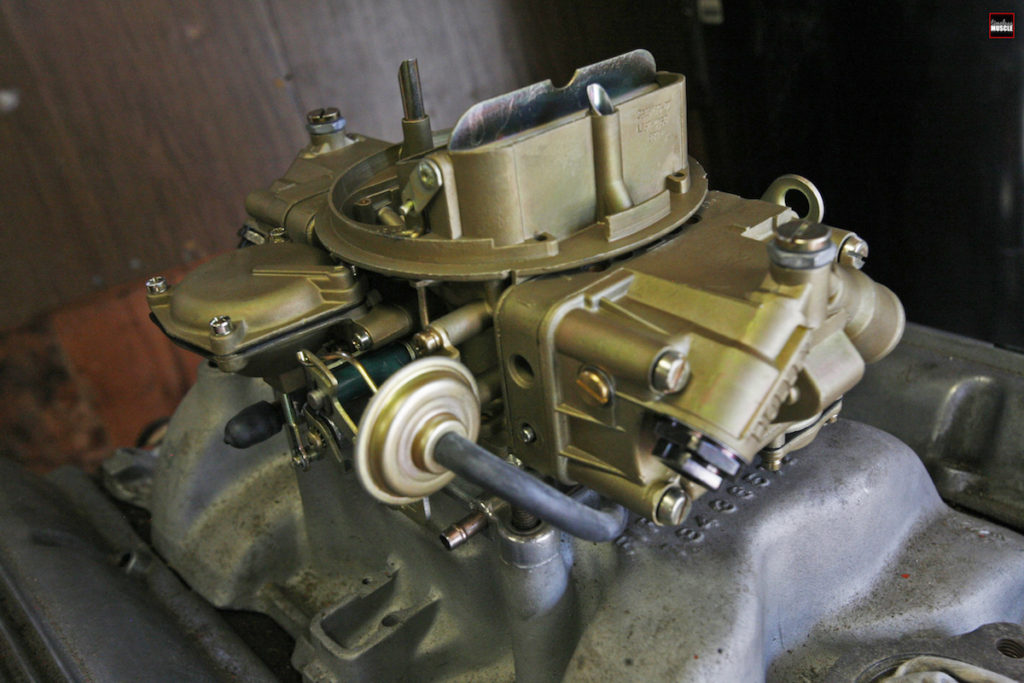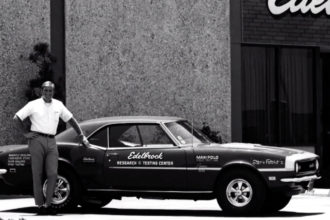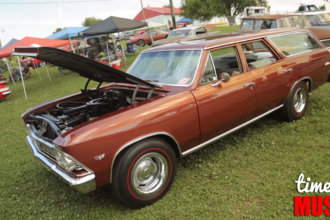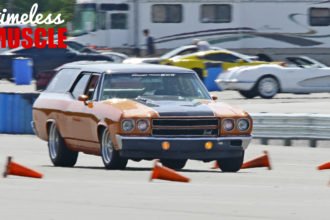photos by: Alex Healey and Rick Seitz
Holley Performance Rebuilds our OEM/Holley DZ-302 Carburetor
One of the best kept secrets (or worst, depending on who you ask) about Timeless Muscle Magazine, is the rather vast array of classic iron project cars we have in dire need of attention to restore them to their former glory. In addition to our ’68 Firebird and ’70 Chevelle SS, we also have a ’69 Chevy Camaro Z/28 you’ll be reading more about very soon. We show a lot of very modified and incredibly upgraded classic American muscle cars here, but we also respect the art of restoration. This ’69 Z/28 will be brought back to it’s showroom freshness, and we’re glad to be sharing various parts of the process with you.
One of the things that caught our attention was the original DZ-302 Holley 4-barrel carb. It was looking a little dingy and although it was reportedly rebuilt back in the ’90s, we felt that the time was right to bring it back to new condition. It has all the correct stampings, the numbers are all correct, and it needs to work like new, so we want to keep it and make it look and function as good as it did when new.

Those casting numbers are what makes this carb so valuable. The “DZ” code at the end of the part number proves that this carb is an original Z/28 piece and worth rebuilding. For collectors, the casting numbers and date codes make all the difference.
There are many paths that we could have taken with this, including an off-the-shelf rebuild kit from our friends at the famed carb manufacturer, but we ultimately elected to take it a step further and have it rebuilt through Holley’s internal “Custom Speed Shop.” Located in-house at their main headquarters in Bowling Green, Kentucky, the carb masters know their own products better than anyone. They have all the parts, pieces, tooling, and experience required to completely remanufacture any vintage Holley and make it new once more.
Holley offers this service for OEM vintage carburetors of the Holley variety; such as the DZ carb we have, or for various other GM, Ford, Chrysler and AMC vehicles. We figured, if we’re going to have it rebuilt, anyway, might as well have it rebuilt by the folks who designed it, right?
Now you may be thinking, “…there’s no way I’m shipping off my original, numbers-matching, priceless carb off to a shop in Kentucky- there’s too much risk of it being lost or stolen.” Trust us when we say that we understand your concern, but those guys at Holley treat every component that comes into the in-house Custom Shop as one of their own.
This specialty service transforms tired, worn-out O.E.M. muscle carbs back to their original condition in appearance and function. And because this is a “custom” service, each order is personally followed through from start to finish by one of the factory technicians. Follow along as our original DZ fuel mixer gets the full treatment!
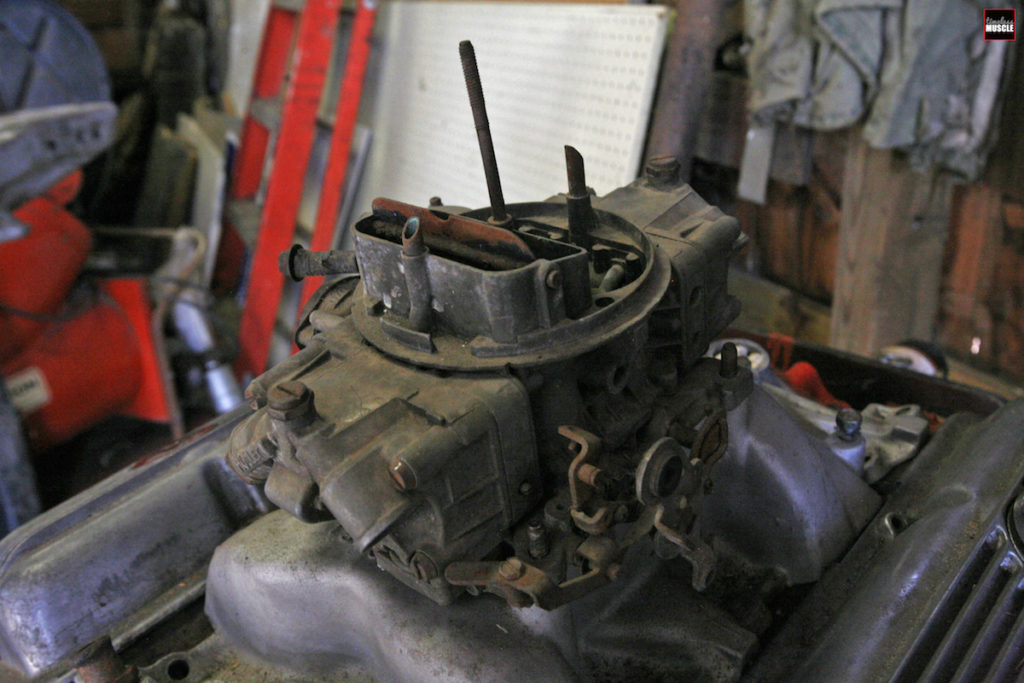
Our numbers-matching DZ 302ci small-block is the genuine article, and so is the carb that feeds it. Obviously, this one has seen better days and it’s ready for a rebuild. We’ve rebuilt a slew of Holleys over the years but this one is special. Plus, we’d like to learn some tips from the best Holley carb rebuilders on the planet – the crew at Holley Custom Shop!
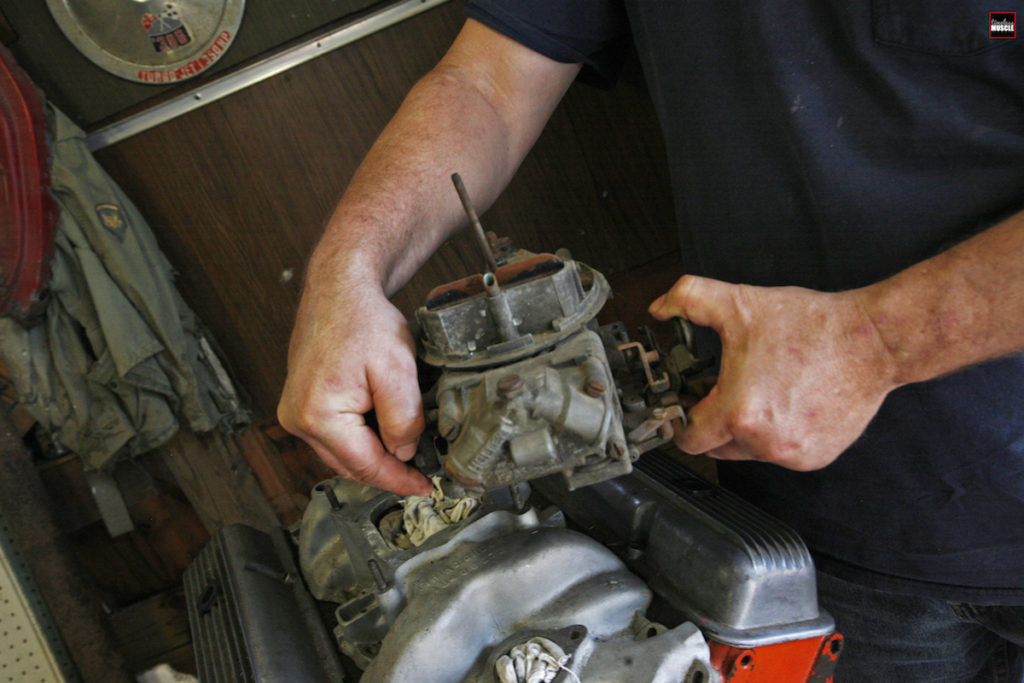
Removing the carburetor from the engine is a pretty basic task, but make sure that all of the critical bits and pieces are labeled. It never hurts to take a photo or two of the part before removing it to ensure you can get it hooked up correctly once you get it back. It might be a long time before you work on this again, so having good documentation is wise.
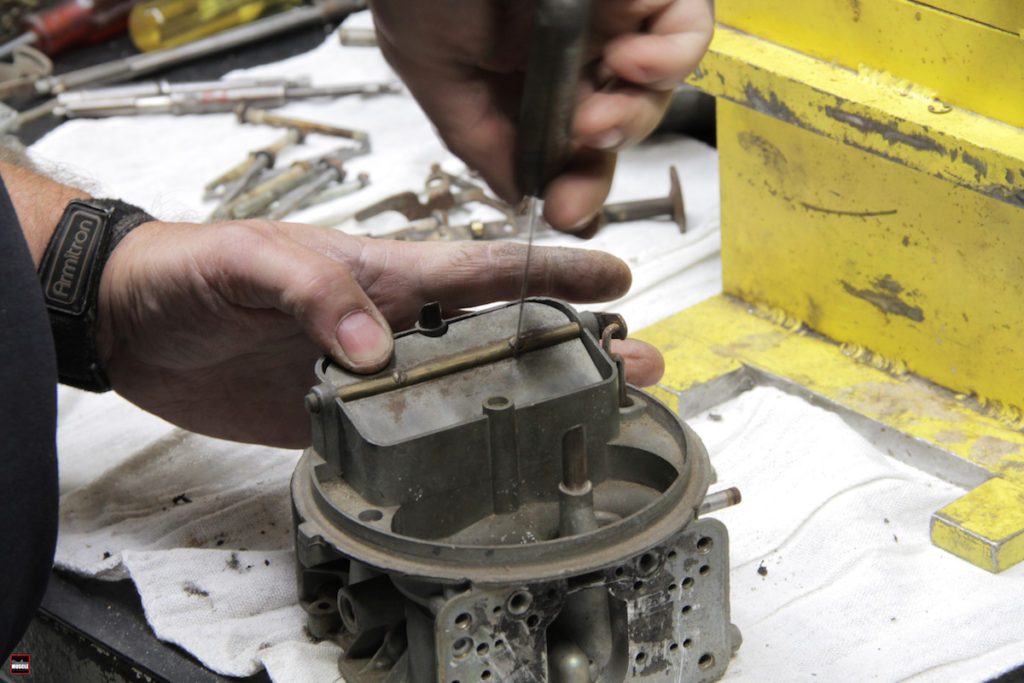
Once the carb arrives at Holley, it is completely disassembled. The experts at Holley’s Custom Shop have all the correct tools to properly tear a carb down without damaging anything. Anyone who has ever taken a choke plate off has probably wrestled with these screws, and maybe even stripped one or two in the process. Note the very thin blade being used to carefully remove them here. That must be the right way to do it.
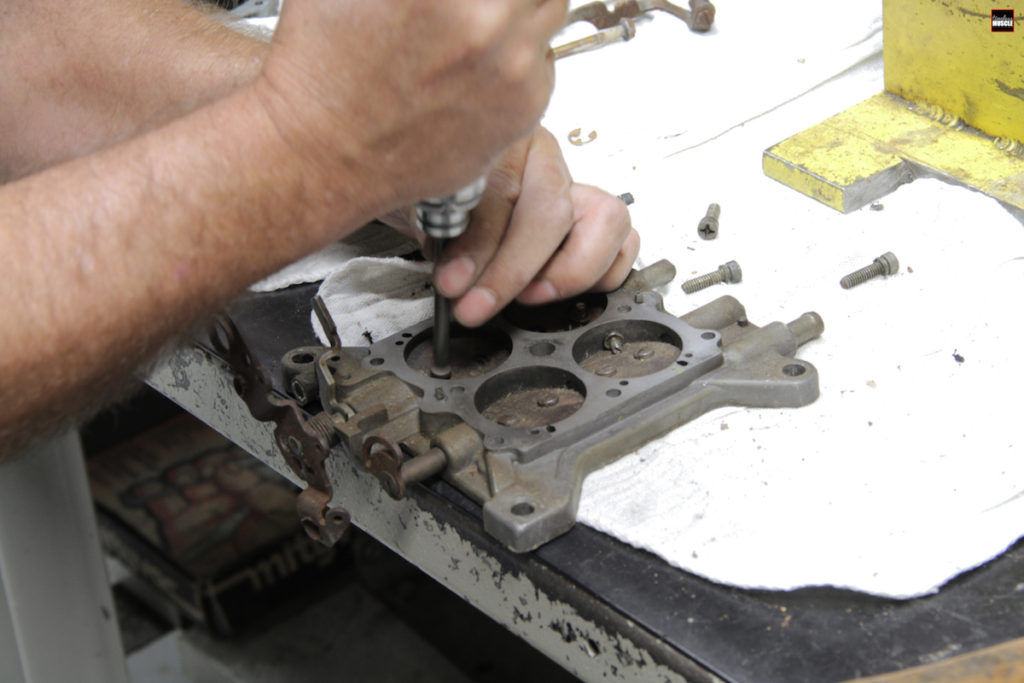
The throttle blades get removed so the shafts can come out and get re-bushed. The area around the throttle shafts are notorious for vacuum leaks- especially on older carbs like ours. A fresh set of shaft bushings will ensure a leak-proof seal.
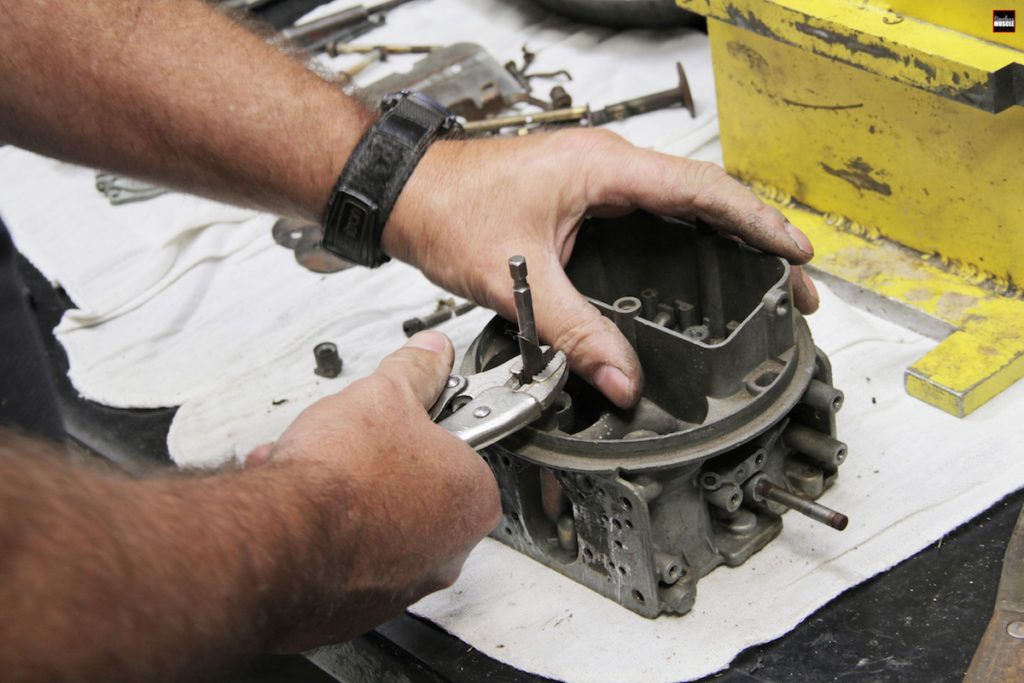
The technicians have also created some specialized tools to properly disassemble a carb. Getting the air bleeds out can be tricky but if you do it all the time, it’s probably a little easier.
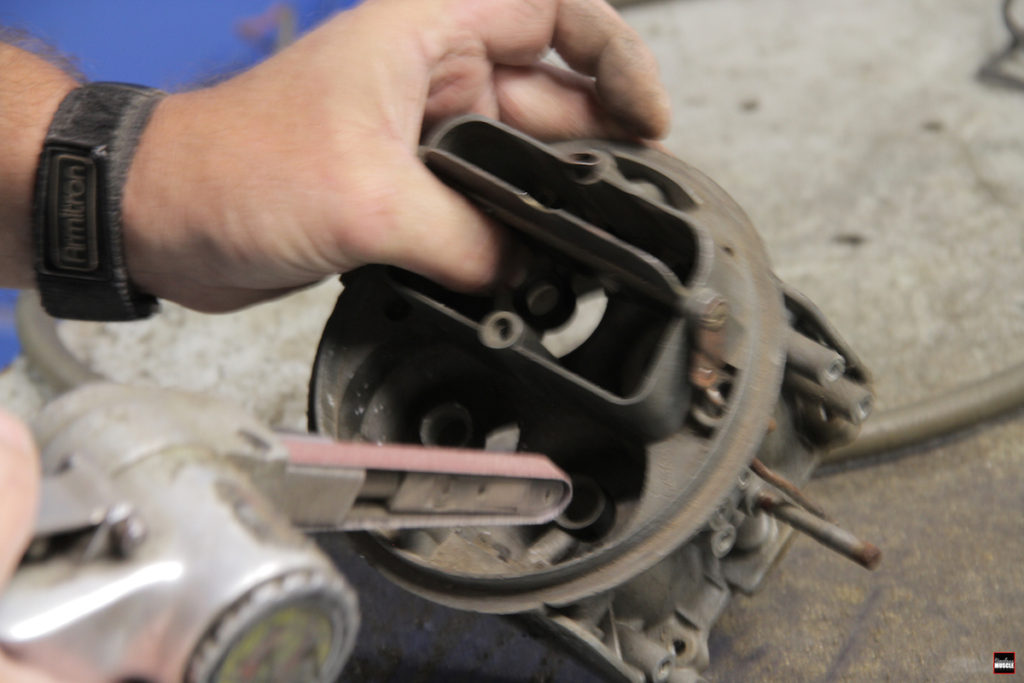
Sometimes hot rodders use epoxy to keep the boosters in place. When the carb is being rebuilt to factory specifications, all of that dried up goop has to be removed. This little belt sander does a nice job on it.
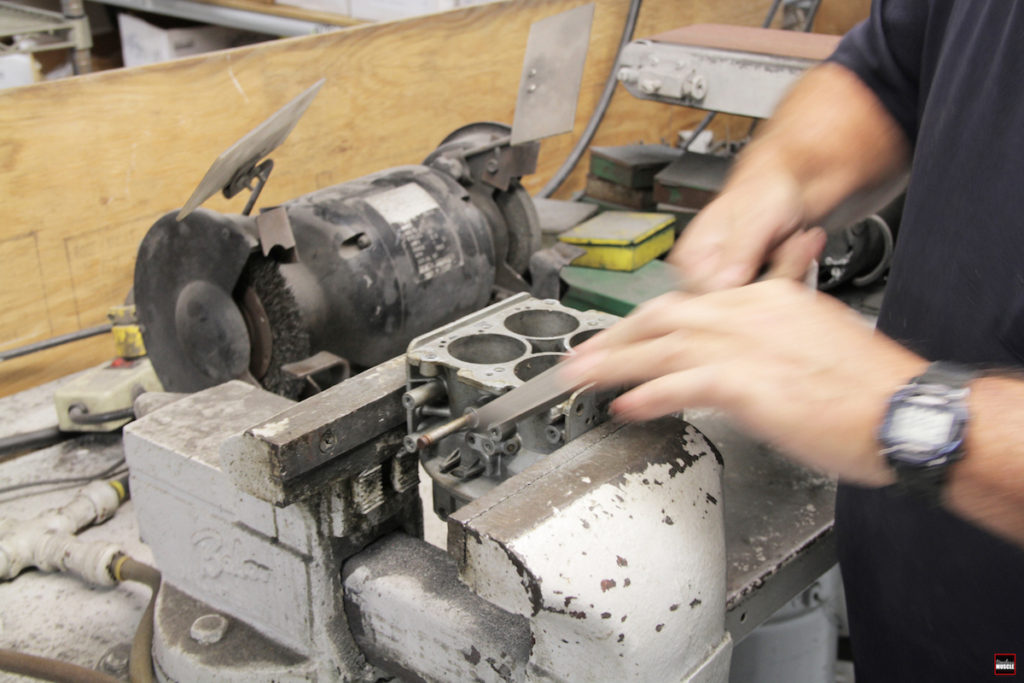
With the main body completely stripped, all of the flat surfaces can be made perfectly smooth. Very little material will actually be removed, but with a nice, square surface to start with, all of the gaskets, seals, and O-rings will seal effectively and the chance for air or fluid leaks is eliminated.
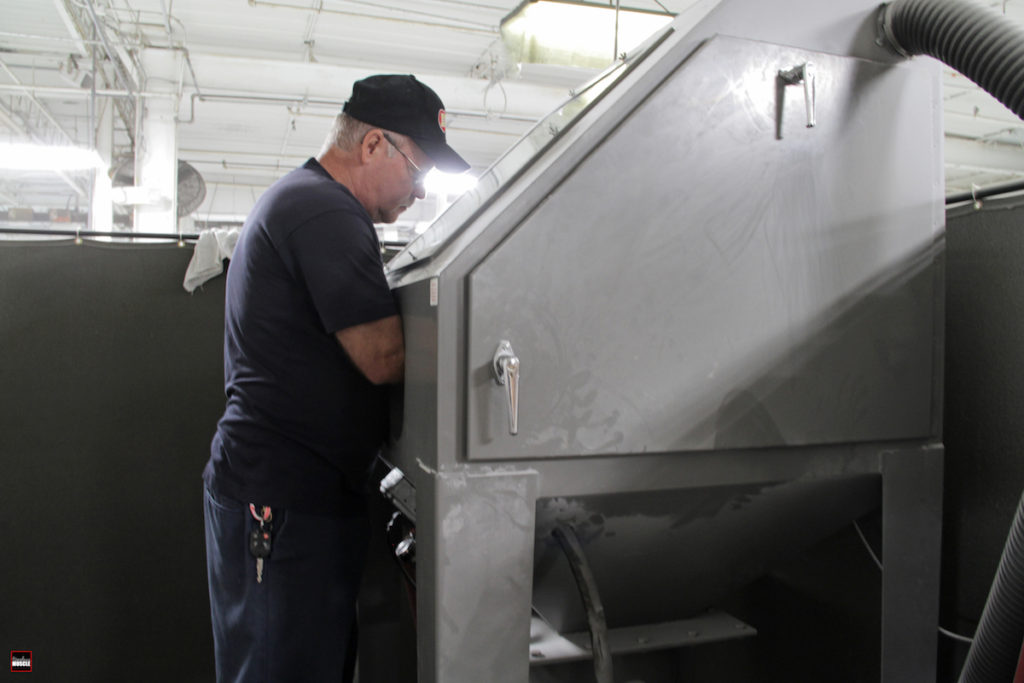
All of the carburetors parts are completely cleaned. A wide variety of methods are used, including chemical cleaning, media tumbling, and bead blasting (shown). With so many tiny passageways connecting it’s various chambers, it is absolutely critical for every component to be perfectly clean.
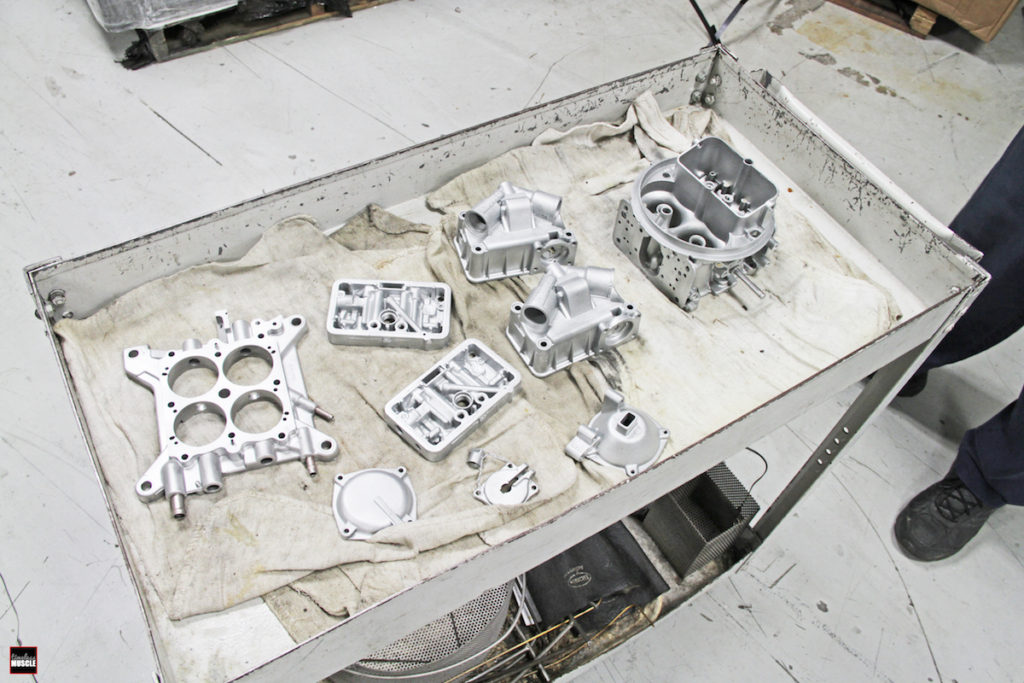
Every part of the carburetor is cleaned and inspected prior to plating, reassembly, and testing. After media blasting, the castings look like new. Next, they’ll be scrubbed clean to remove any blast media residue, and then it’s off to be dichromate plated.
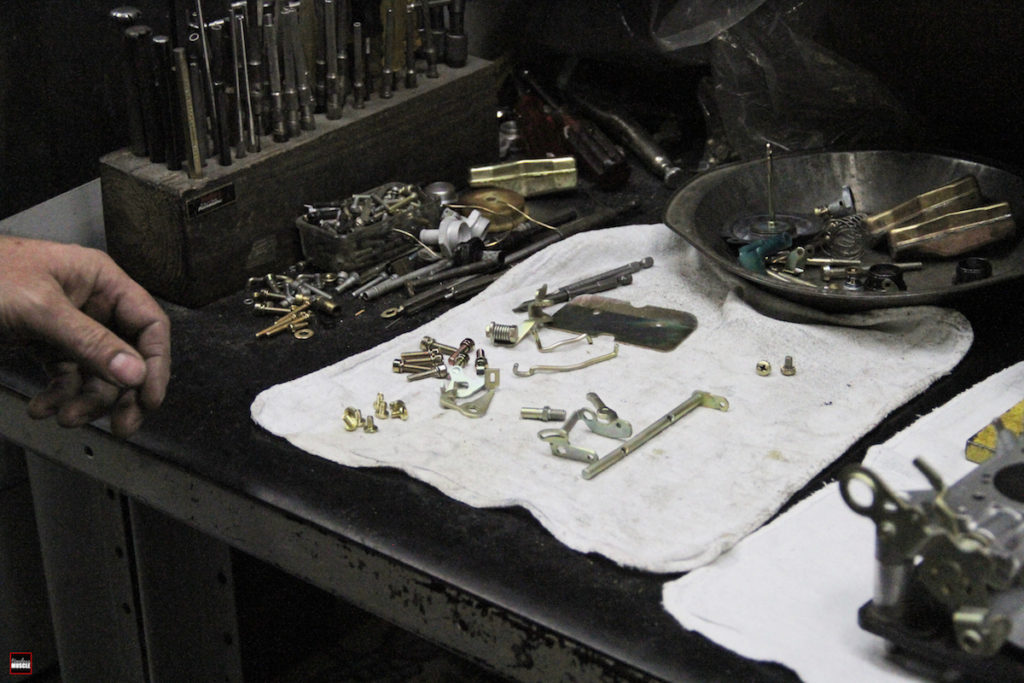
Once back from the chemical cleaner, tumbler, and the plating station, the hardware and various linkage assemblies are ready for reassembly.
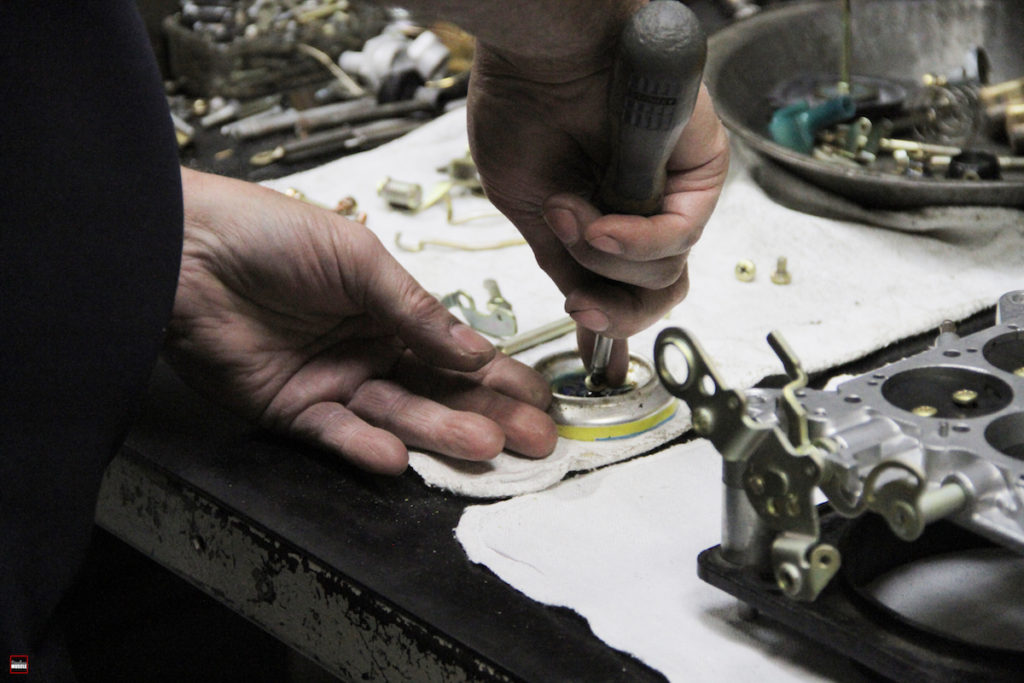
All new rubber seals, O-rings, and gaskets are installed carefully by expert hands. In many cases, upgrades to more durable modern materials (like Viton) are offered. This increases the carburetors ability to withstand exposure to more modern fuels with their higher levels of ethanol and various additives, which can have a negative effect of some of the original ’60s-era materials so many old Holleys were outfitted with.
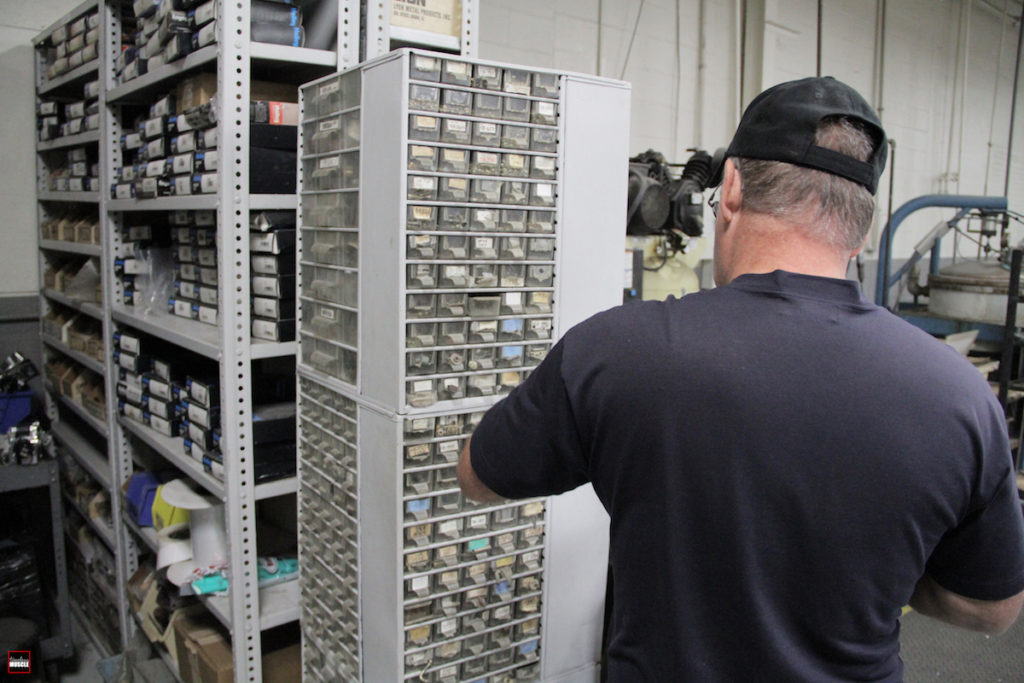
Every little screw, spring, seal, check ball and plug that was ever offered in a Holley carb is on-site at the Holley Custom Shop. Whatever your carb may need, they have it on hand.
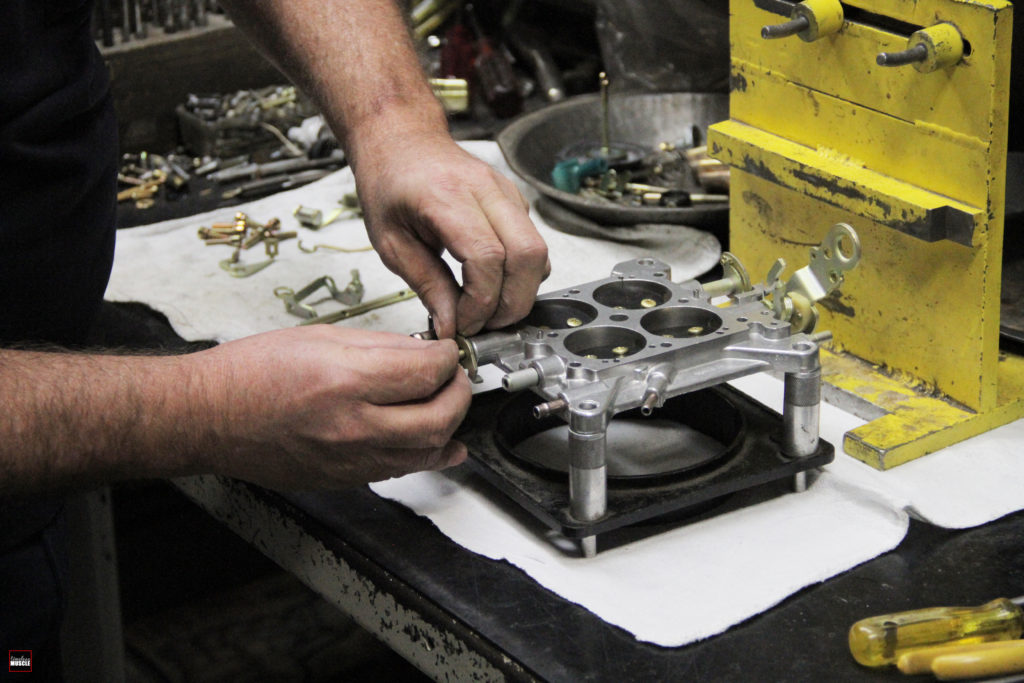
Reassembly begins with the baseplate and even at this early stage, we can see how this vintage carb will look like brand new once it’s done. It will work like new too- and with the correct casting numbers still in place, that’s the most we could ask for.
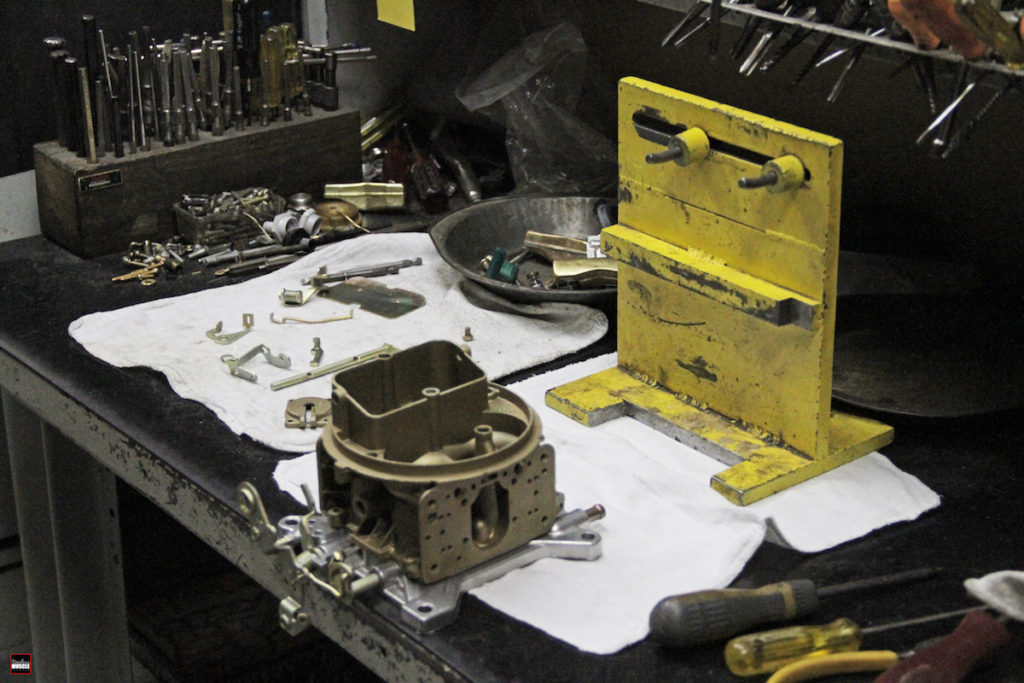
The main body is in place and it’s really starting to look like a carb again. Once the metering blocks and float bowls are back on, we’ll be ready to head to the flow bench and make sure it’s ready for a new life.
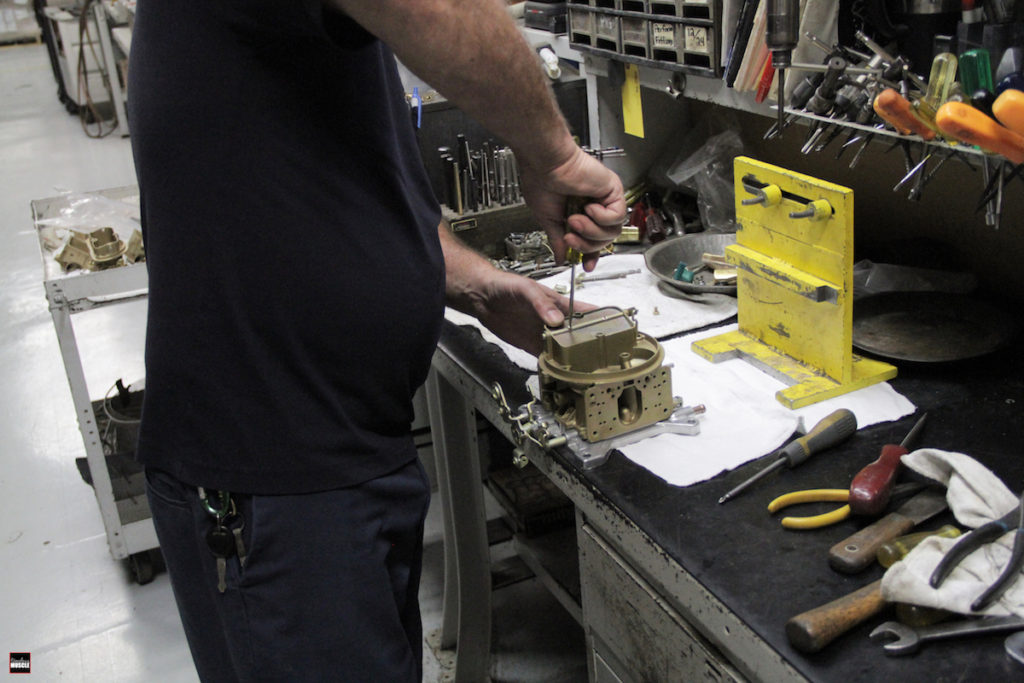
The original choke plate is reinstalled. We’ll want to ensure the choke functions just like it did when the car was new.
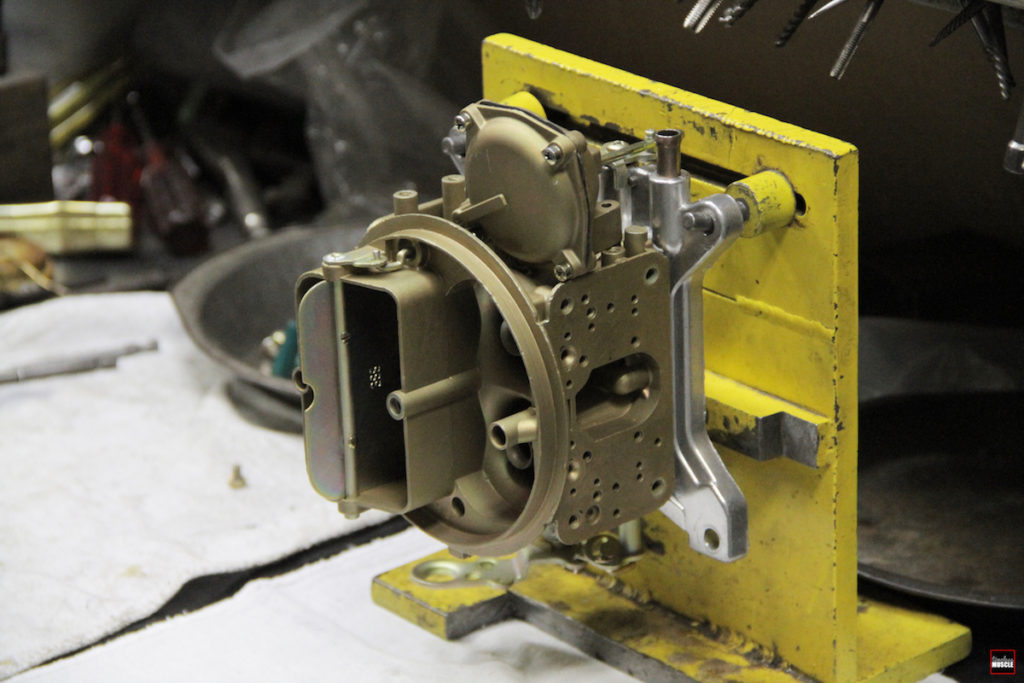
This carb is a vacuum secondary carb and it’s showing off a new diaphragm and linkage. A wide range of Holley carbs were offered on factory muscle cars all through the ’60s and into the 1970s. Some had mechanical secondaries, while others relied on engine vacuum to open the secondary barrels. Regardless of whether they had 2, 3, or 4 barrels, Holley will gladly rebuild them for you. (Yes, there were Holley 3-barrel carbs!)
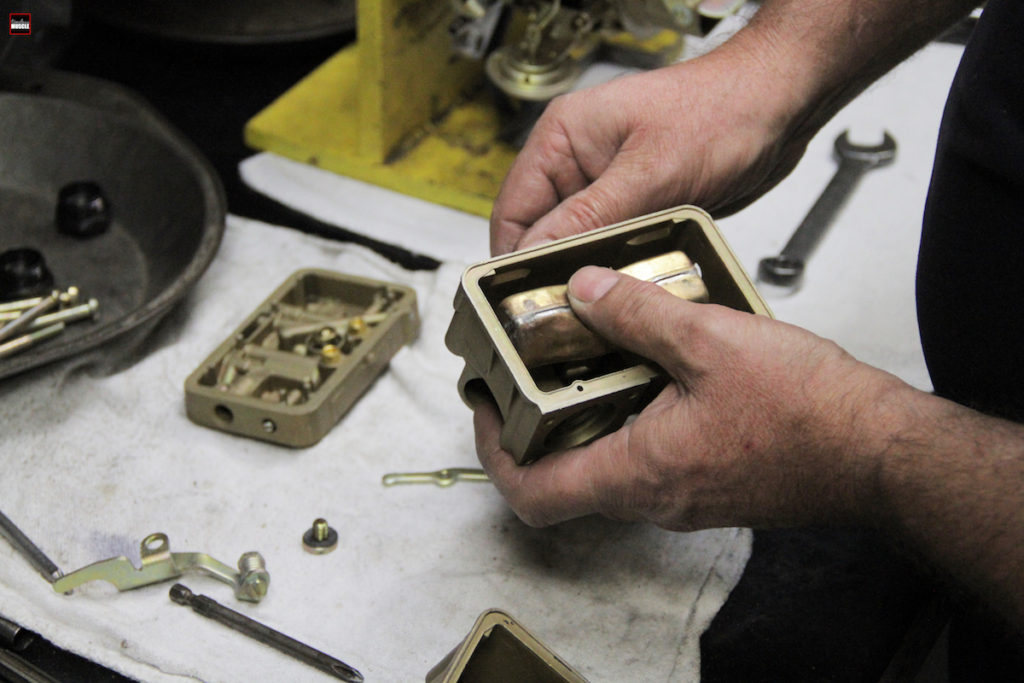
Floats are tested for function prior to installation. They are set to factory levels, which will require a final adjustment once the carb is back on the engine and running.
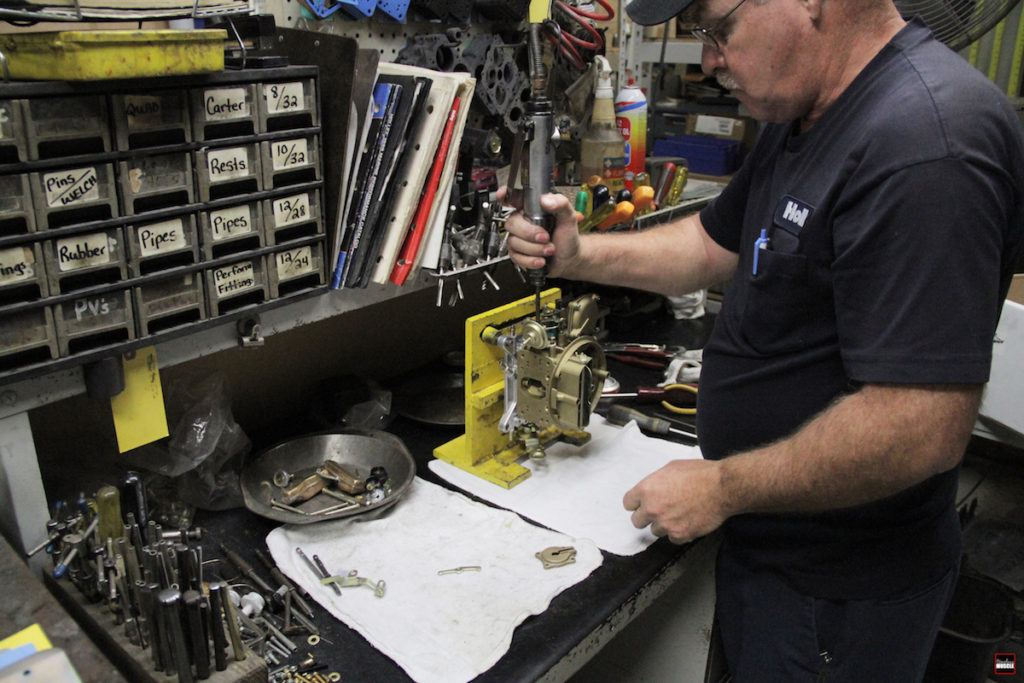
All of the linkages and cams are installed and tested to ensure they work as designed. New choke components are also installed at this time.
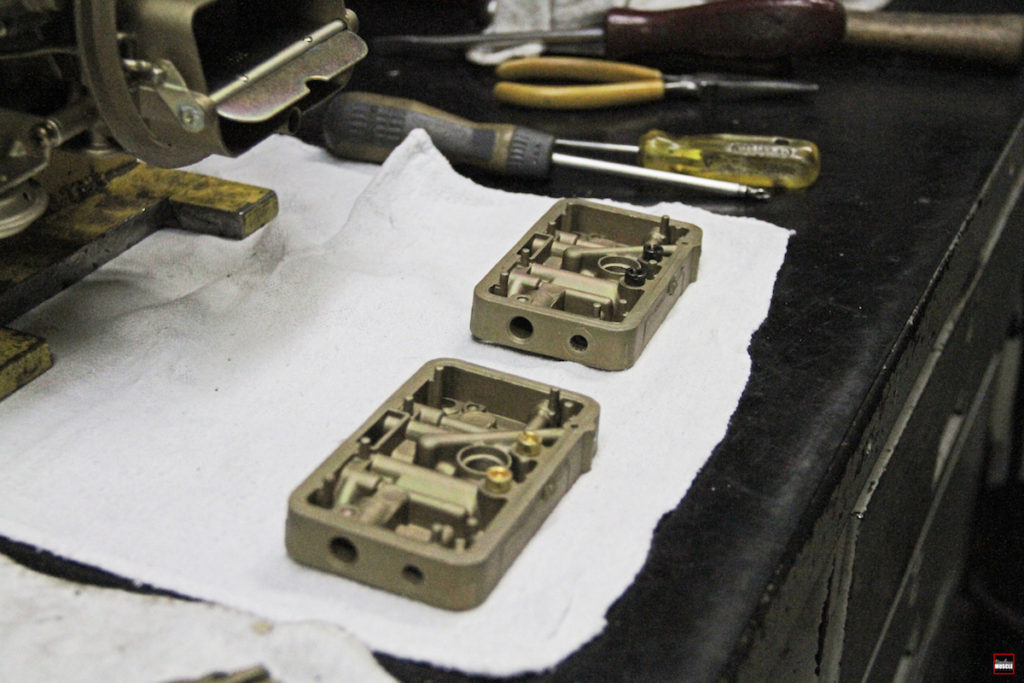
After the metering blocks have been cleaned and their sealing surfaces checked for squareness, they can be replated. After the protective coating is done, the reassembly work can begin. We can see that the jets have been reinstalled here on both the primary and secondary sides.
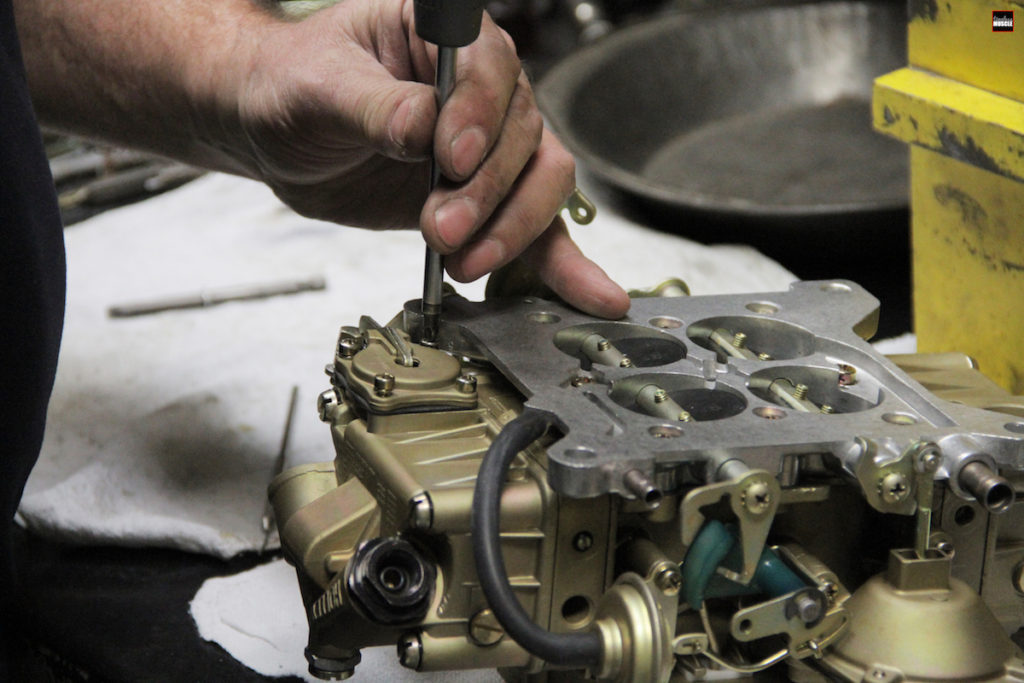
Every single threaded hole is checked for condition prior to rebuild. If any repairs are necessary, they are accomplished. Any worn or stripped screws are replaced. The same is true for all hoses, fittings, and plastic linkage pieces.
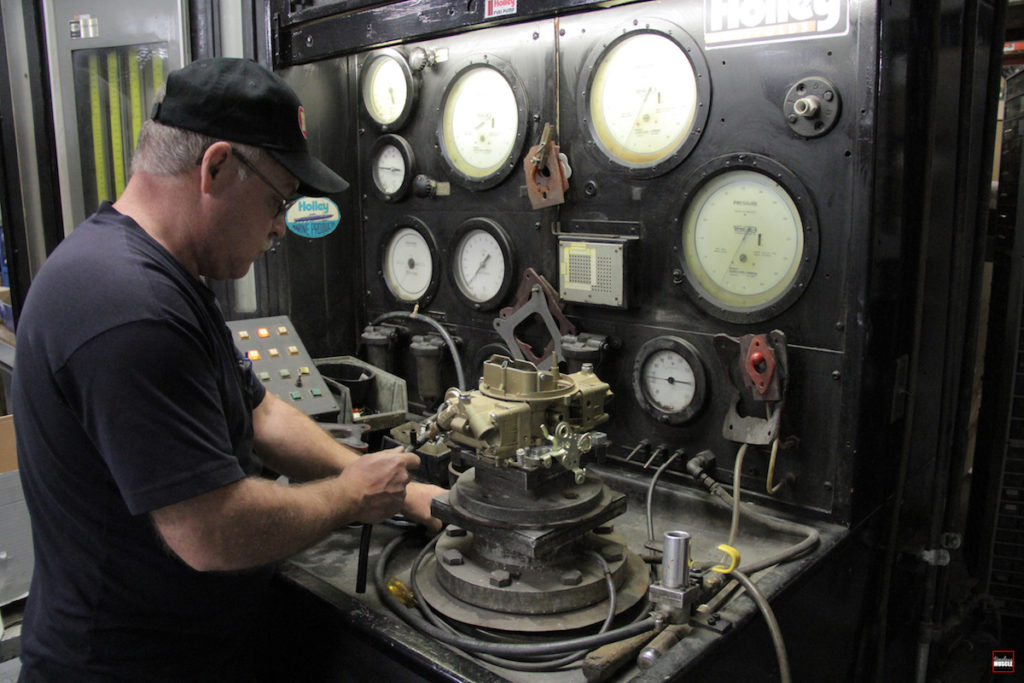
Once the carb has been completely rebuilt, it is flowed to check for proper function. All three circuits (idle, mid-range, and high speed) can be checked for correct cfm rating. The fluid used is not gasoline, but has an identical weight and viscosity. All of the vacuum ports are also checked to make sure they draw the proper level of vacuum at the proper time.
Of course Holley carbs are given new life at the Holley Custom Shop, but we were pleasantly surprised to learn that Rochester, Motorcraft, and Carter carbs are all restored here too. Engineering parts lists are uncompromisingly followed to the letter. In some remote cases where an O.E. part may no longer exist, an O.E. “equivalent” is used in its place. Before any work begins, the responsible technicians at the Holley Custom Shop take two or three close-up photos of each carb from different angles so that it can be easily identified at any time during its stay at the Custom Shop. Many more precautions as well are taken to ensure your order stays together. Here are some other important reasons why the Custom Shop’s restoration process stands out in customer satisfaction:
- Carbs are inspected for metal fatigue, slightly-stripped threads, hair-line cracks and worn-out throttle lever bushings.
- Cadmium Chromating of steel parts (clips, fasteners, linkages, etc.) for correct O.E. appearance and corrosion protection.
- Black oxidizing of base plates (on Rochester 2-BBL carbs).
- Chemical and vibratory cleaning of all carburetor castings.
- Testing of sub-assemblies, including chokes, vacuum secondaries, float bowls, and metering blocks, to verify performance before final assembly takes place.
- Replacement of all gaskets, diaphragms, seals, power valves and needle/seat assemblies.
- Flow bench testing of all carburetors to confirm correct metering of air/fuel volumes.
NOTE: Prices are based on rebuildable cores (no damaged castings, stripped threads or missing parts.) All damaged or missing parts will be repaired or replaced and a charge will be added based on replacement value. You can contact the Holley Custom Shop directly for specific pricing information.
Dichromate plating restores stripped-down carburetor parts to their factory-original appearance. This is the correct factory gold/brown finish which has appeared on many standard and performance Holley models over the years.
Upon arrival at the Custom Shop, carburetor castings are immediately entered into a unique tracking system that all but eliminates the chance of a part becoming lost or being returned to the wrong customer. In fact, parts are also photographed to avoid any look-alike problems.
After going through a series of extensive cleanings, each casting sports a smooth, even dichromate coating that is indistinguishable from a new carb in every respect, including color.
Besides Holley models, the Custom Shop services Rochester, Carter and other brands of carburetor as well, both two- and four-barrel units. All work performed by the Holley Custom Shop is covered under a limited warranty and is guaranteed to live up to its expectations.
Like color powder coating, plating does not interfere with the original design of a part. In fact, it helps by providing extra protection against damage, thus extending the lifetime of the part. Whichever plating you choose, it’s sure to be a hit.
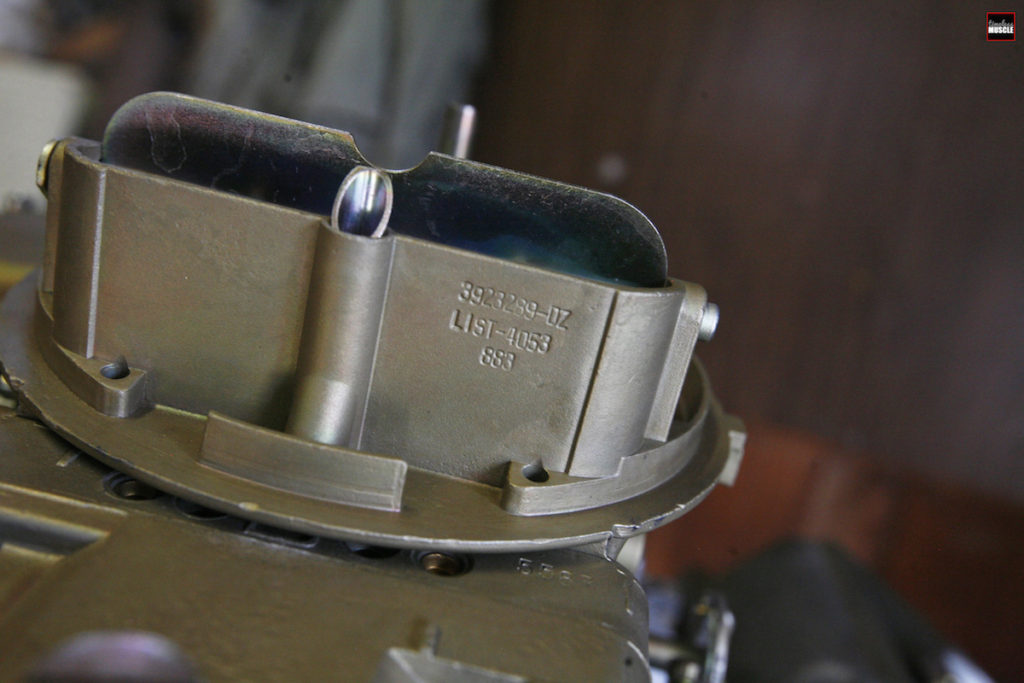
We got our carb back and were duly impressed. Look at that finish! It’s perfect. Just like new; just like we’d hoped.
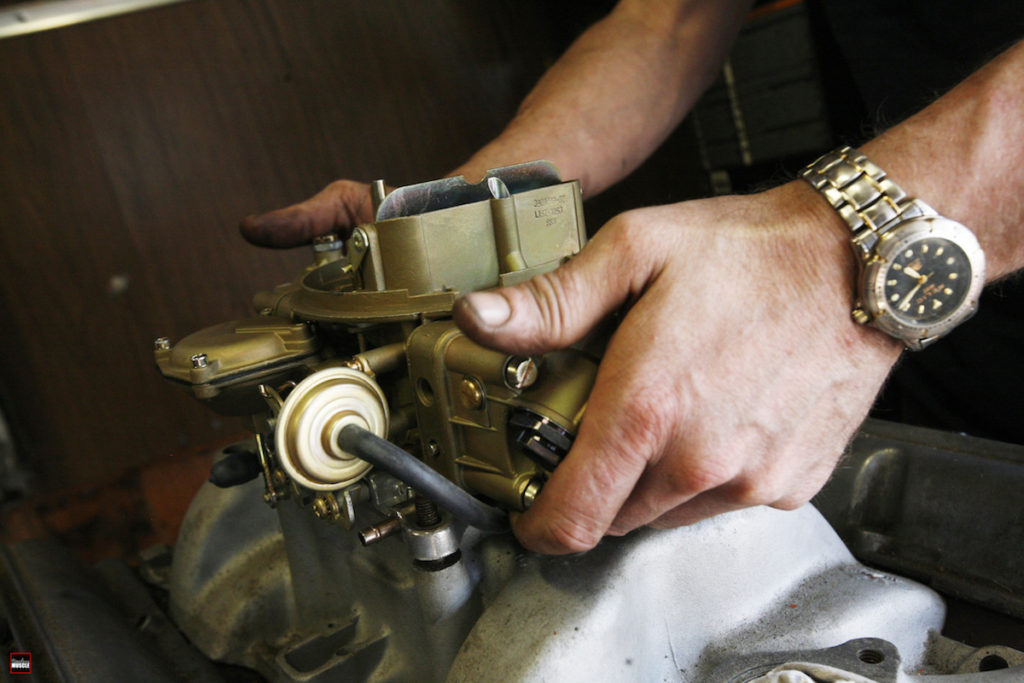
Re-installation was the reverse of removal. We had photos and labeled components to make it super easy. We know the rest of the engine has to be rebuilt, but we wanted to show you the carb returning to its rightful place atop the DZ 302. Plus, we needed cool photos for this story…
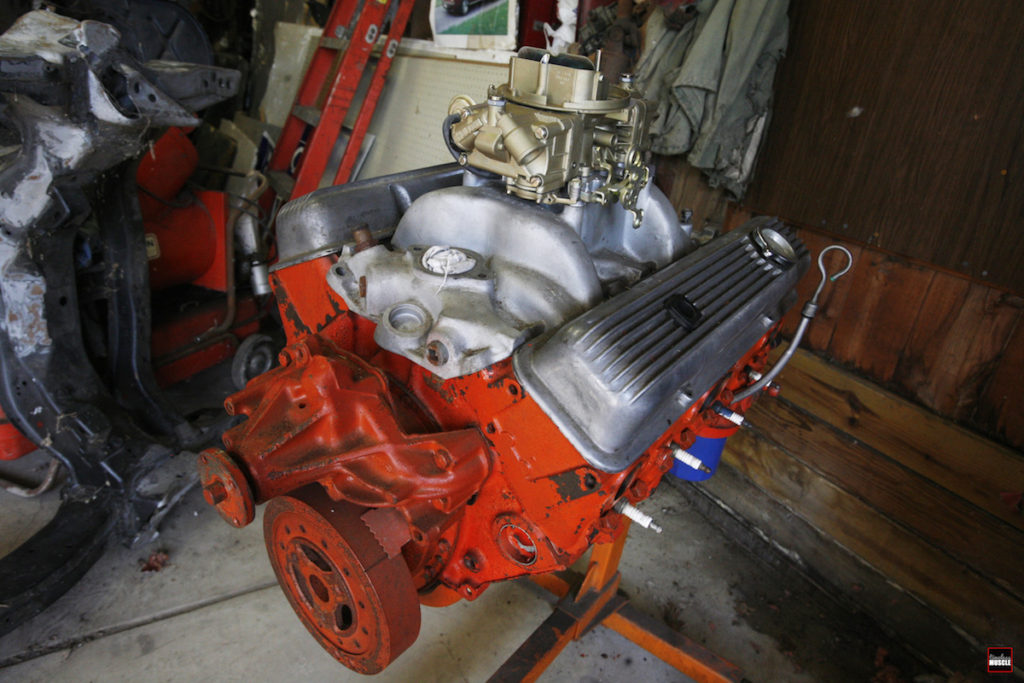
With the rebuilt carb ready to go, now it’s time for the rest of the engine to get it’s act together! We’ll be covering the rest of the restoration/rebuild in the near future.
When sending in parts for service, you are required to obtain a Custom Shop tracking number from Holley Technical Service by calling (270)781-9741 before shipping in your package. This tracking number must be clearly marked on the shipping label and on a minimum of two sides of the box. Please carefully pack all pieces to help prevent any in-transit damage. Also, use a reliable shipping company that offers insurance protection against loss.
For pricing or service options, you may also call between 8:00 AM – 5:00 PM (CST), Monday thru Friday at (270)781-9741. Or, visit the Holley race trailer at most NHRA tracks and other national competition or motorsports events.
After spending almost a decade in the aerospace industry, Scott Parkhurst chose to learn about racing engines by working in some of Southern California’s most respected engine shops. He took on the role of Tech Editor at Popular Hot Rodding magazine back in 1998, and was instrumental in the development of both the Engine Masters Challenge competition and Engine Masters Quarterly magazine. He was also the founding Editor of Street Thunder magazine and Author of the V8 Horsepower Performance Handbook before he arrived at Timeless Muscle.








